Tracking on Trees
- sarahburgess5
- May 12, 2022
- 3 min read
Trees are so important for our wildlife – they offer food, shelter and a whole lot more. But how do we find out which animals have been visiting which trees? And what have they been doing there? In this blog, Elaine Rainey from Scottish Badgers introduces us to some key field signs to look out for on trees …
As a wildlife tracker with a particular interest in all creatures nocturnal and elusive, I often have to rely on the field signs these animals leave behind to confirm their presence. This might be something as simple as a scratch or scrape on a tree trunk or even a discarded pine cone that’s been chewed up in a particular way. Tracking provides a fascinating glimpse into the lives of wild animals and it’s a great way to connect with nature for wellbeing. On Green Health Week, why not go out into the woods, have a look for some field signs on trees and see if you can work out who’s been there?!
Feeding signs
Check tree trunks for woodpecker and nuthatch anvils – they wedge nuts and pinecones into bark, then peck them open to access the nuts and seeds inside.


Look around the trunks for neat lines of small holes called sap wells, created by woodpeckers to extract tree sap. Check twigs on the lower parts of trees for signs of deer or hare feeding – hares perform a neat little bite while deer, who have no upper incisors, often leave a fray at the top edge of the twig. Check around the base of trees for piles of discarded pine cones messily chewed apart – a sure sign of a squirrel feeding station.
If you look closely at the leaves on trees, you might be lucky enough to spot a little semi-circle nibbled away from the edge of a leaf. This is the work of a leafcutter bee who rolls up the nibbled portion then flies off with it between its legs – all ready to line its nest hole with it!

Rearing young
Most of us could recognise a birds nest in the canopy of a tree, but what about a squirrel drey? Dreys tend to be more densely packed than birds nests and they tend to be situated closer to the main trunk.
Did you know that badgers also build nests?! They seem to like building them at the base of trees and they can be identified by the presence of those tell-tale black & white guard hairs in amongst the nest.

You might spot some nest holes in trees too. Both woodpeckers and treecreepers nest in holes – the white streak of droppings and small size give this one away as a treecreeper nesting hole. Some species of beetle also make use of trees to rear their young. The larvae eat their way out through larval galleries and emerge through exit holes. Look out for small holes in tree trunks – oval ones are often the work of longhorn beetles while the small, circular ones could be the work of a bark beetle.

If you look closely at the leaves, you might find a similar scenario as above but in this case it’s the work of leaf miners!

Some insects who lay their eggs within the leaves or buds of trees can affect the growth of the tree, creating odd looking modifications called galls. There are over 1500 types of galls, but here’s a couple of common ones to look out for.
Scratches & scrapes
Finally, it’s worth checking around trees for scratches and scrapes. This might be from deer rubbing (territorial scent marking or rubbing velvet off new antlers), claw marks from squirrels chasing each other around trees or even a favourite play area or scratching post of a badger clan!
There really is so much to see when you look closely at a tree!

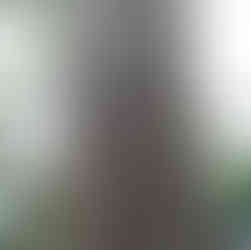


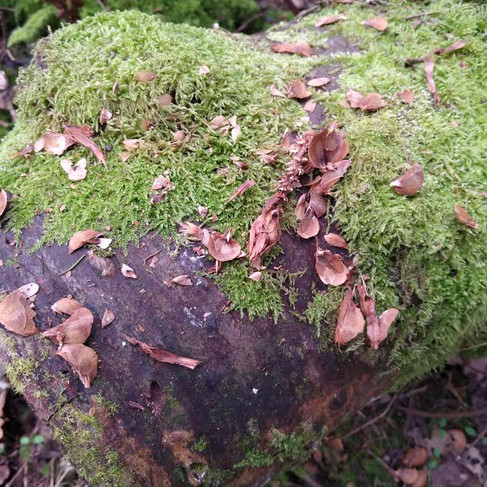

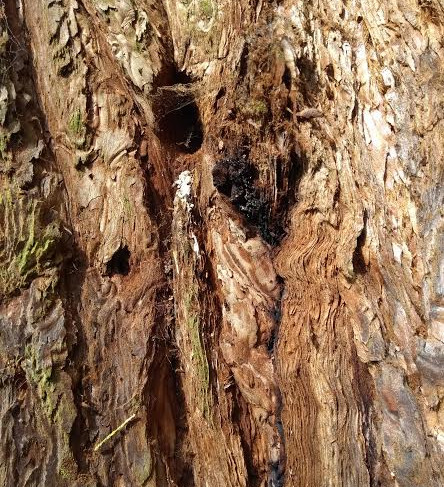

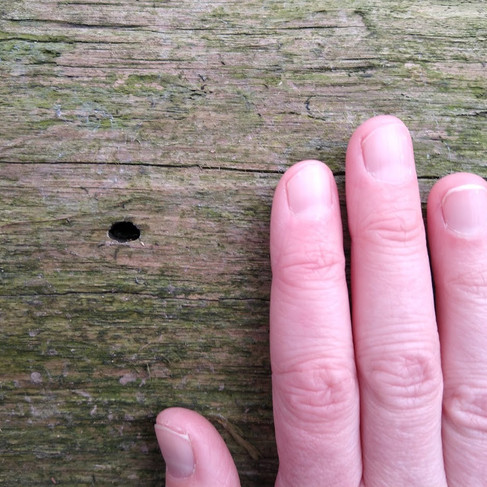

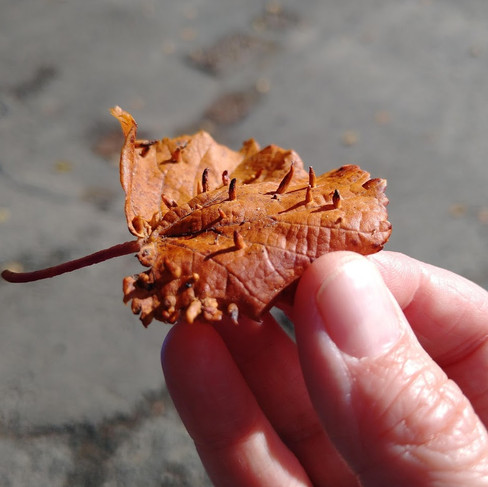

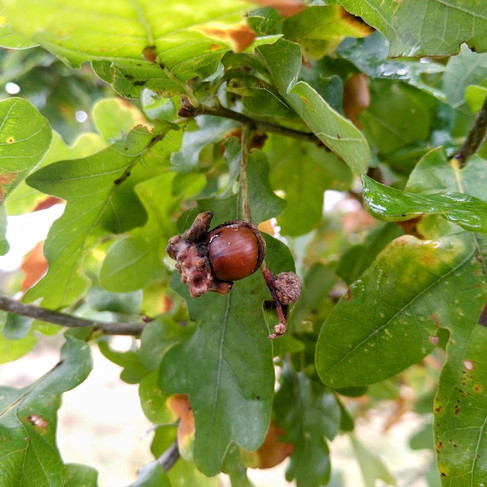







Comments